|
This month’s featured artifact from the MN CAF archives is the U.S. Army B-4 life preserver. Our example was manufactured by the Firestone Rubber and Latex Products Company. The manufacture date is no longer readable, but it has a clear inspection date of 1-12-45, making this a nice wartime example. The USAAF Pneumatic Life Vest was a yellow rubber life vest that inflated using liquid CO2 cartridges in the vest that were activated by pulling on two cords at the bottom of the vest. When released, the liquid turned to gas and quickly inflated the pockets of the vest. As a back-up, rubber inflation tubes were incorporated into the front of the vest near the neck hole and could be blown into and manually inflate the vest. Fully inflated, the wearer of the vest resembled a buxom woman. This resulted in the WWII men who wore them to begin referring to them as ‘Mae Wests’, aptly named after the well-endowed film star of the time. What many do not know is that the inflatable life preserver was invented by a Minnesota man by the name of Peter Markus. Markus was a merchant living in Minnesota and was an avid boater and fisherman. He was attuned to the fact that fishermen were falling out of their boats and drowning because they were unwilling to wear the bulky life preservers of the time, which were filled with cork and hindered arm movement while fishing. He started experimenting and invented a new style device based on a man’s vest. It slipped over the head and had waist straps sewn into the front that could be secured behind the back. Markus received a patent for his invention in 1928, with patented changes in 1930 and 1931. A Navy captain happened to catch Markus demonstrating the device during a sportsman’s show and quickly realized its military value. Markus was invited to Washington to demonstrate it for the military brass. Shortly after, the Navy began purchasing them. The value of the vest became apparent soon after when an aviator in Hawaii and his passenger put their plane down in the water off Honolulu. The pilot was wearing the vest, but the passenger was not. Only the pilot survived. It was a powerful message and soon after, the vests became regulation equipment for all Navy fliers, as well as being incorporated into the other branches of the service shortly thereafter. The investment paid off handsomely when in 1935, the rigid airship, U.S.S. Macon went down in the Pacific and 98 of the 100 vest-wearing crew survived. During WWII, Peter Markus’ pneumatic vest was worn by fighter pilots, bomber and transport crews and even the paratroopers crossing the English Channel enroute to Normandy on D-Day. Whether it was over the Atlantic, Pacific or the Mediterranean, his device no doubt saved the lives of thousands of soldiers during WWII. Photo credits Commemorative Air Force Minnesota Wing, toflyandfight.com and the National Archives.
1 Comment
Victoria
11/28/2022 05:15:37 pm
Very interesting! I have two of thats relic in Argentina! I have no idea how they got here but I´m very intrigued about this story.
Reply
Leave a Reply. |
AuthorWelcome to the CAF MN Wing Blog. You will find information on projects we are working on, upcoming events, and more. Archives
April 2024
Categories
All
|
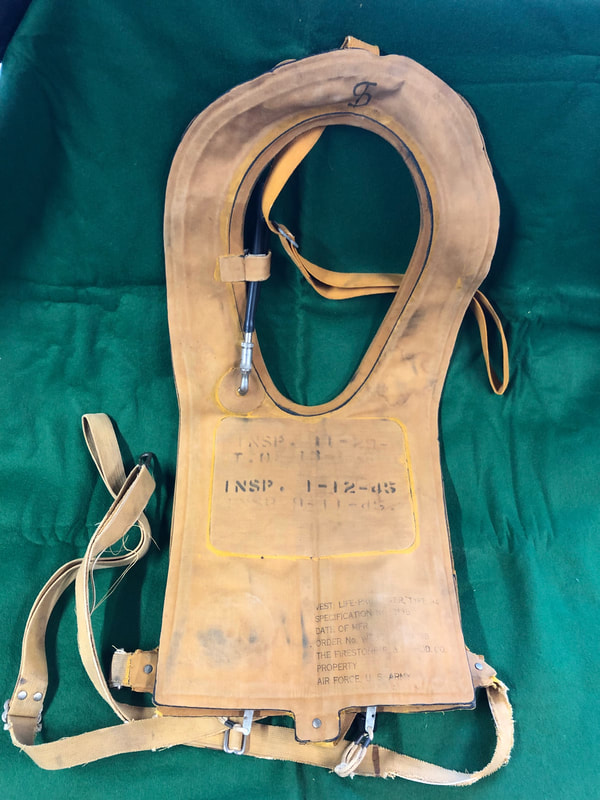
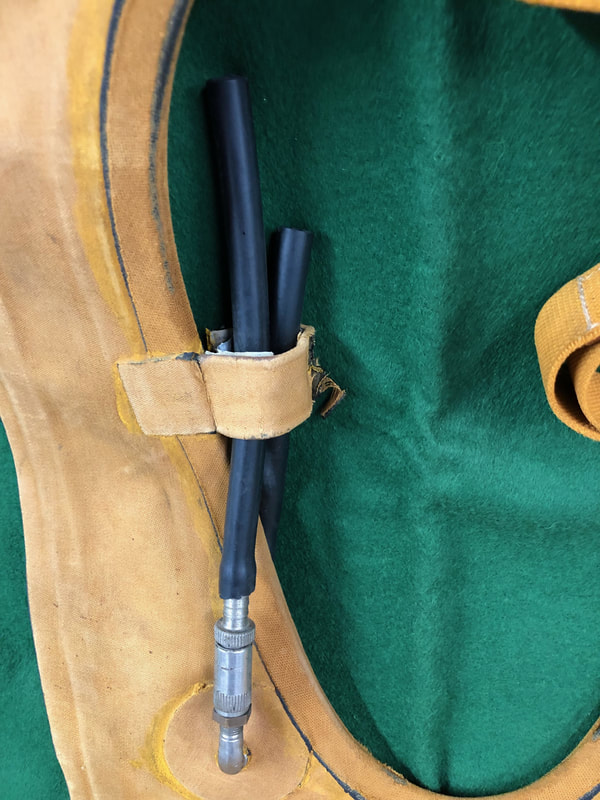
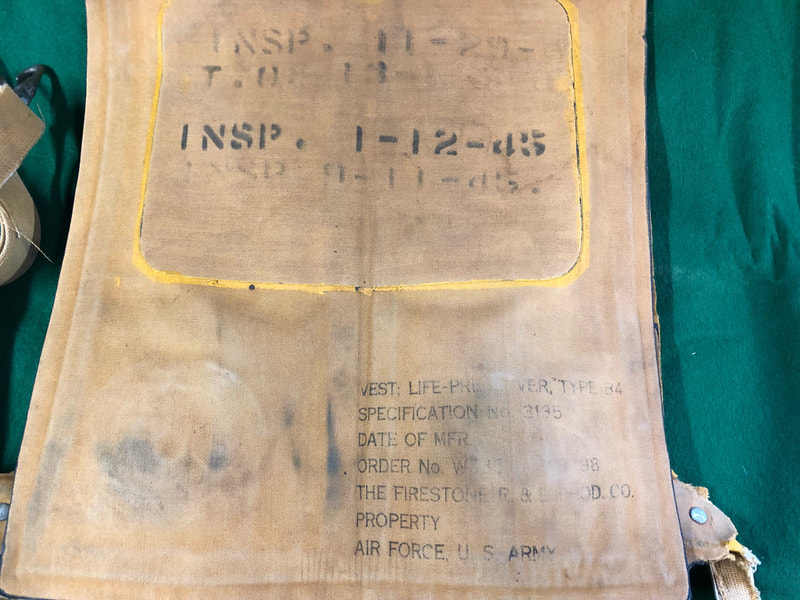
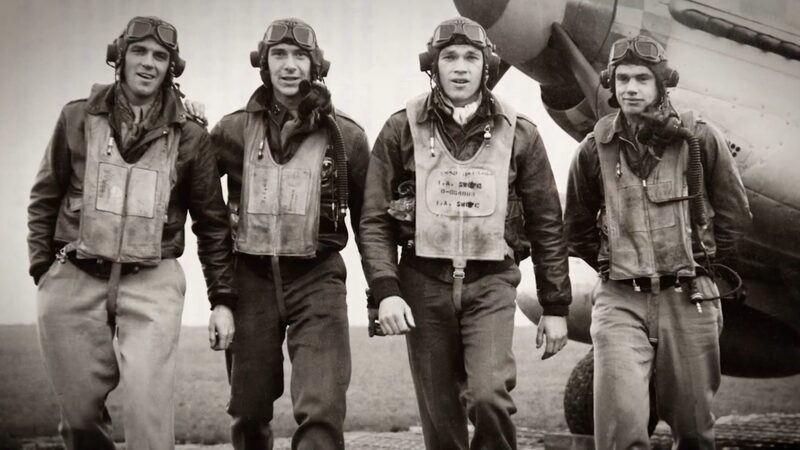
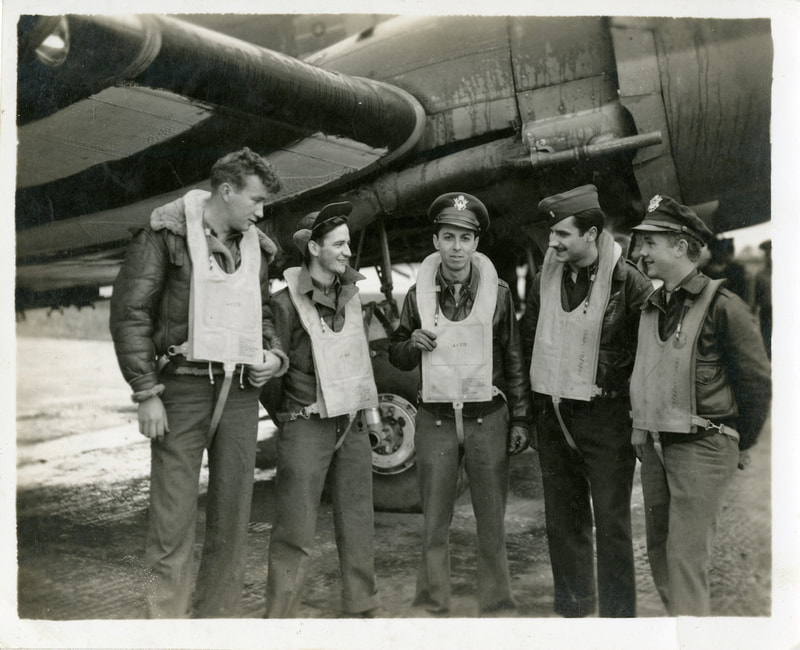
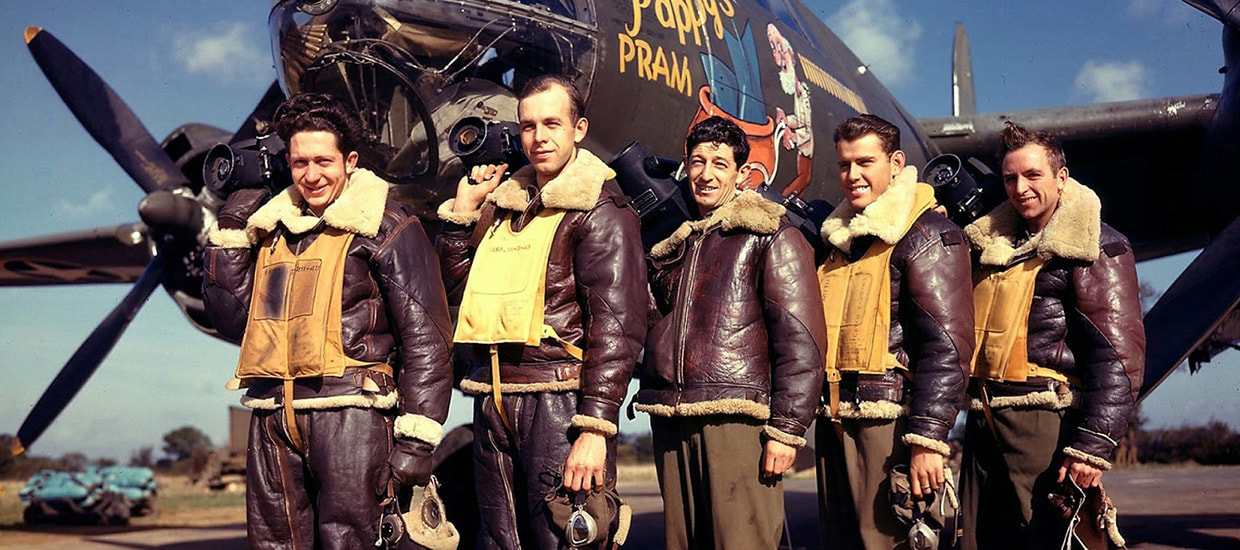
 RSS Feed
RSS Feed